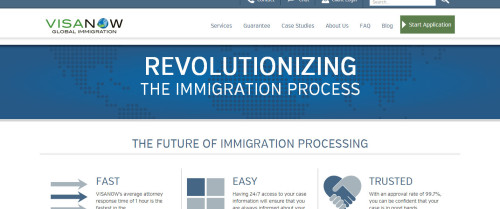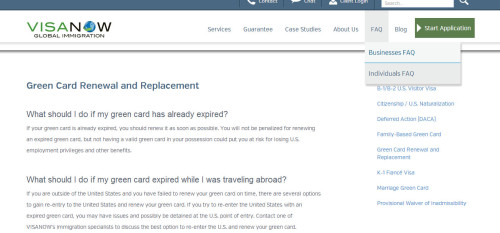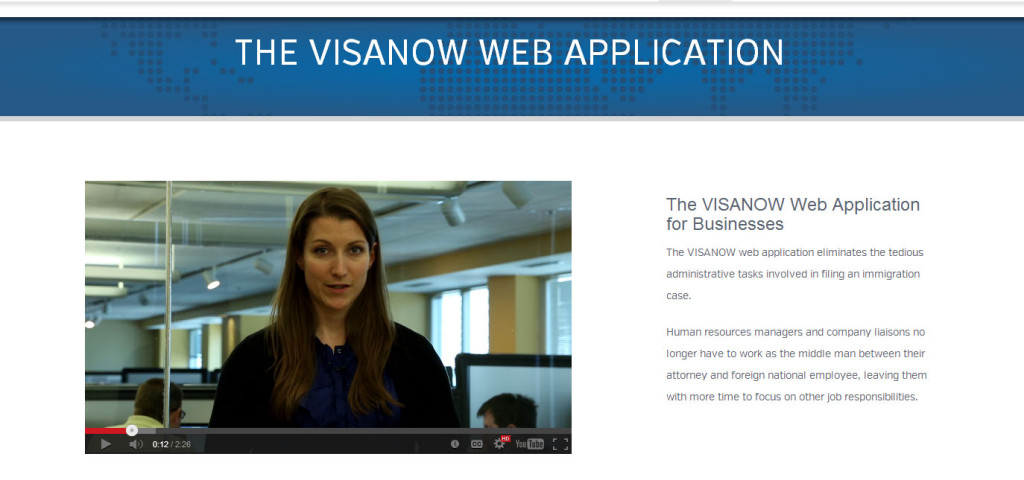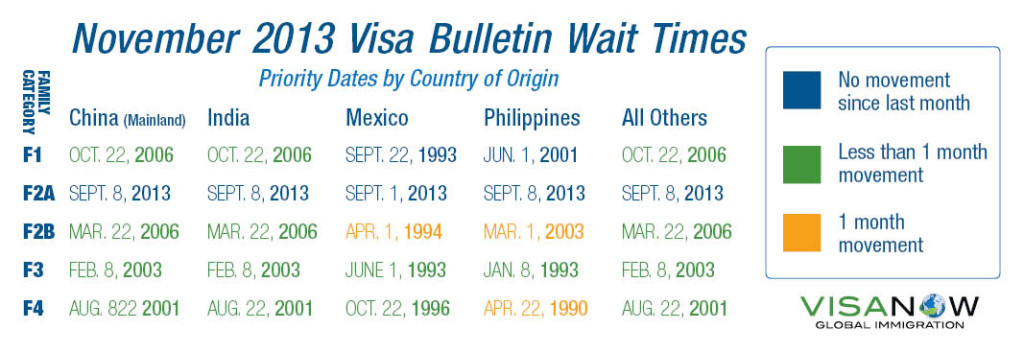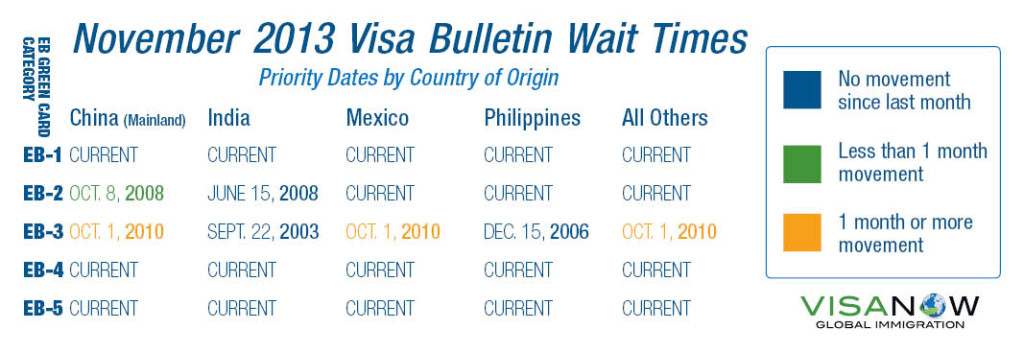Scheduling your consular appointment is not one-size-fits-all
 Did you know that scheduling an appointment for your non-immigrant visa can differ vastly from consulate to consulate?
Did you know that scheduling an appointment for your non-immigrant visa can differ vastly from consulate to consulate?
You’ll first want to complete Form DS-160, a primarily biographical form. After completed and submitted, you will be able to obtain your DS-160 confirmation number—you will need this to schedule your appointment.
Before you schedule your appointment or make subsequent travel plans, you should be aware that wait times for a nonimmigrant visa interview appointment can vary from consulate to consulate and can also be vary, depending on what type of visa you’re applying for. You can determine the approximate wait time for the consular location of your choosing on this page: http://travel.state.gov/visa/temp/wait/wait_4638.html.
You can then choose the consular location at where you will be applying. You can find the official U.S. Visa Information and Appointment Services page here, which will direct you to a website for each country listed: https://usvisa-info.com/. Under “Consular Section Information” for each page, you’ll find a list of that country’s U.S. consulates and embassies.
After you decide at which consulate you will be applying, you will then want to navigate to that consulate’s website. The process one must take to schedule the appointment is not standardized from consulate to consulate. At some consulates, appointments can be made online or through a call center; at other consulates, only one option may be available. Sometimes an account will need to be created in order to proceed with scheduling an appointment, and the applicant must generally pay a visa application processing fee. Oftentimes, this fee can only be paid through certain payment methods (e.g. via telephone, at a specific bank branch, etc.). Sometimes, original fee receipts must be included with the other required documents an applicant presents.
Once you are able to proceed and schedule your appointment with the consulate at which you will be applying, you may receive an Appointment Confirmation that you may be required to present along with your other documentation. (The consulate’s website will confirm which documents you will need to present at your appointment.)
We also advise checking the consulate’s website for protocol in regards to the day of your interview—you can see how early a consulate advises you to arrive for your appointment and also advises you if you will be allowed to have visitors enter with you. In addition, if your visa is approved, there are various ways for each consulate to return your passport to you—for example, at some consulates, your passport may be delivered to a DHL facility of your choosing; at other consulates, you may be required to travel back to the consulate at a later date to pick it up there.
As a result of all of the aforementioned differences and intricacies in scheduling your consular appointment, you will want to pay careful attention to your respective consulate’s website! If you would like VISANOW to assist you in preparing a consular packet to present at your consular appointment, please contact us at 1-855-VISANOW for more information.


